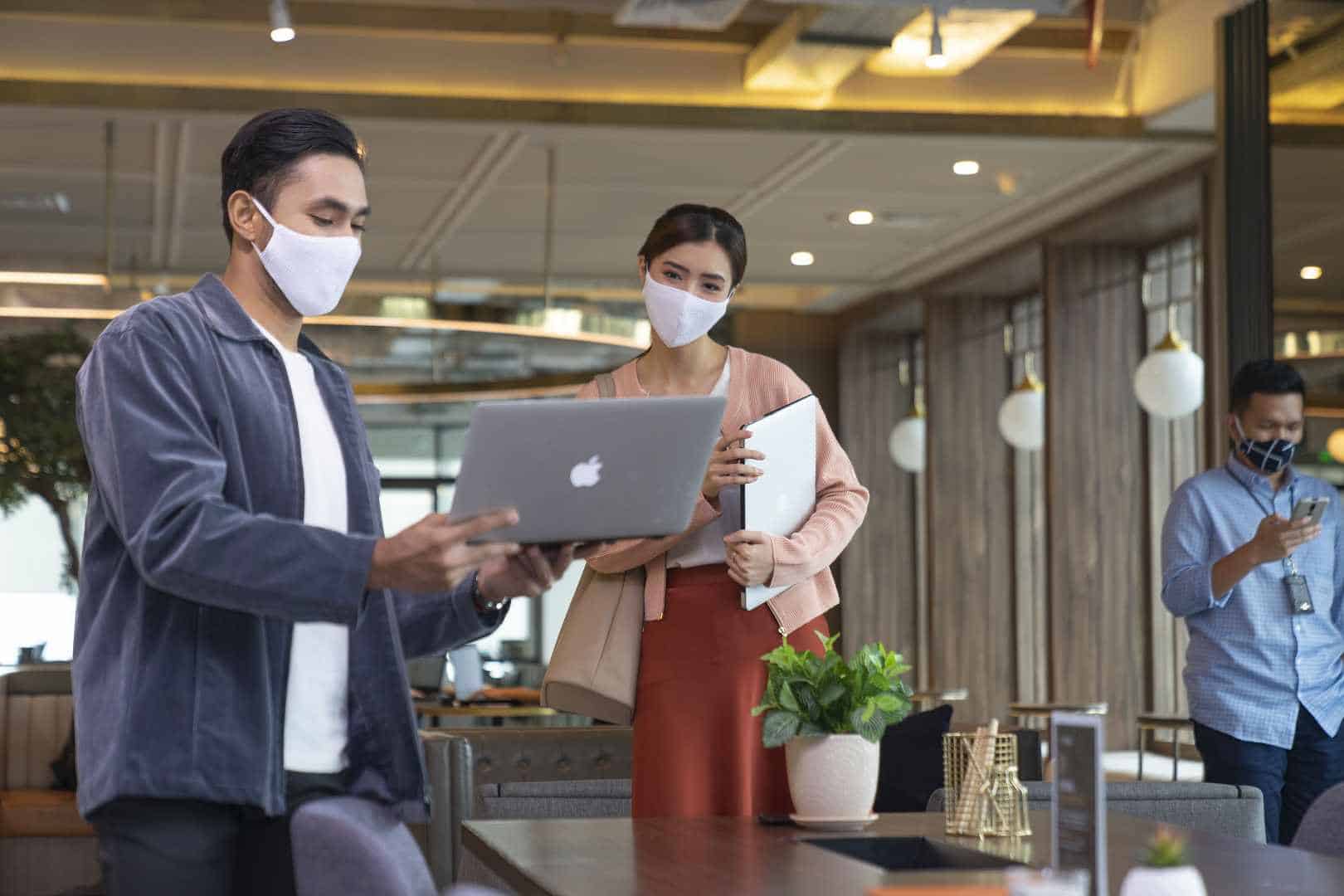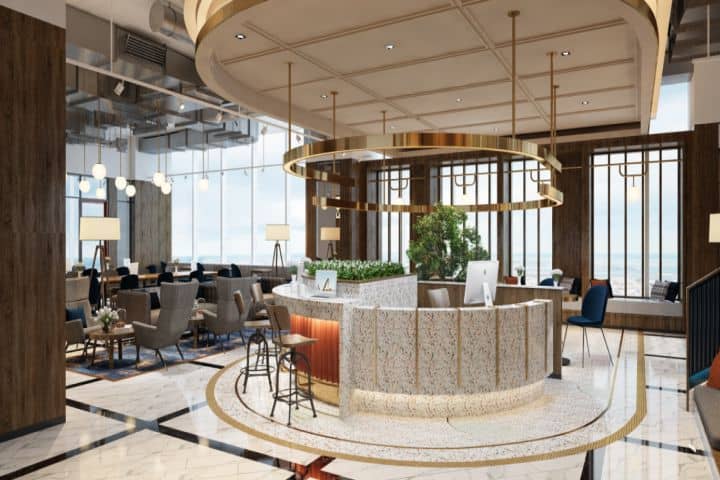Is Remote Work Really the Future?
April 28, 2021

Remote work is here to stay, in one form or the other. The common assumption is that extended remote work periods cause decline in productivity. However, findings from a California-based company managed to prove that the 2020 remote work period brought about a 47% increase in employee productivity.
The research takes into account the changes in employees’ schedule without the daily grapple against commuting to and from work, and their increase in specific activities such as CRM, telephone calls, and sending emails. Collected from 100 million data points, this paints a pretty compelling picture that there’s a definite advantage to remote work.
…when done in moderation.
Now that we’re halfway through 2021, new research papers are being published about the third semester of our WFH days. With added context, the findings’ stance on extended remote work is more ambivalent.
Results of surveys vary between industries. To some companies, teams need to be in the office at least once a week for meetings and accessing tools that are otherwise unavailable from their remote workspaces. To some others, remote work didn’t change much of their workflow.
However, what matters most is how it affects them individually. Working remotely or from home aren’t inherently productive or counterproductive, but a mix of both. Let’s take a look at how your team members might be performing, based on some findings around the world.
Work-Life Harmony
When you bring your work home, it becomes part of your domestic life. This might mean dividing your usually undivided attention to work with taking care of the kids, doing laundry and washing dishes, and other household chores.
Procter and Gamble found that the line between on-work and off-work times becomes even more blurred as we continue working from home.
During WFO, work hours are pretty clear: it starts when you arrive, and ends when you leave the office (according to the agreed-upon schedule). Working extra hours becomes clear cut as well: when you’re not at home during off-work hours to do work, you’re working overtime. But at home, “switching off” can sometimes be hard.
Because of the lack of clear boundaries set by getting to and from work, employees just continue to work whenever you have the time. The reluctance to finish the workday causes late night grinds to become more and more common.
Employees are not the only one struggling with this issue, it seems, because employers are also finding it difficult to make sure that employees are not overburnt and overworked on a daily basis. The same Procter and Gamble finding also found that the digital infrastructure, while it allows team members to independently clock in and out of work, it can’t exactly track when the employees actually switch off.
How Work Works
When collecting data regarding productivity, things can actually get a little complex and complicated.
Not all tasks are created equal. Some tasks are rote, routine work that are repetitive and requires less collaboration. This kind of work can easily be reported to be done more effectively when there’s more time to work and less on commute.
More complex tasks that require problem solving and collaboration might give off a different result. A recent study finds that some task requires several different steps, or even subtasks to complete. These tasks require more than time, but also a degree of sophistication.
When findings between the two tasks are combined, the results become less favorable to camp WFH. People need easy access to the tools of their work and seamless connection to the team. Zoom Fatigue isn’t exactly helping either–and the term can easily be extended to other tools to work online.
Getting Back to the Office The Right Way
With all its creases and folds, remote working might be the future, but that doesn’t mean that the office is becoming obsolete. In fact, now, offices are becoming even more important to the team without them having to physically be in them all the time.
What this all meant is that the distinction between WFH and WFO is being slowly chipped away. Now is the time for hybrid workspaces that accommodate team members who work from the office and away from the office.
Being away from the office doesn’t have to mean WFH, either. Flexible workspaces can provide a flexible option for team members looking to work close to home, but without all the distractions. Due to its ubiquity, flexible workspaces are becoming more and more relevant to companies that are looking to transform their office spaces into the workspaces of the future.
If you’re looking to transform your office space into a hybrid workspace, GoWork can definitely arrange something that’s tailored to your team’s every need. From scalability to safety and security, GoWork provides an end-to-end solution to your office space needs. Now, stop wasting precious time running an office, and instead start focusing on managing your business and team.
If you’re looking to transform your office with GoWork’s hybrid workspace solutions, you can visit our Enterprise Solutions page to find out which office space setup or arrangement that suits your team’s needs the best. Alternatively, the form below will have our team member contact you to help you find the perfect arrangement for you and your team.

Ingin mengubah suasana kerja Anda?
GoWork menyediakan lingkungan kerja modern dan profesional dengan semua fasilitas yang Anda perlukan untuk mencapai tujuan Anda!
Artikel Terkait

Ekosistem Startup Indonesia: Peran Workspace Modern dalam Mendukung Pertumbuhan
September 22, 2025
Beberapa tahun terakhir, ekosistem startup Indonesia mengalami pertumbuhan yang sangat pesat. Du...

Shared Office in Jakarta | GoWork MCC
March 4, 2019
Where could you possibly find a shared office in Jakarta? Well, if you’re tired of working in a priv...
4 Jenis Tata Ruang Kantor ini bikin Anda Betah Kerja!
May 03, 2024
GoWork x GO-JEK: Building dynamic employee experience through avant-garde workspaces
June 24, 2019
Pertama Kali Sewa Kantor? Ini Checklist Item yang Harus Anda Perhatikan
July 11, 2025
4 Tips Menciptakan Teamwork yang Solid dan Produktif di Era Kerja Modern
May 07, 2025
